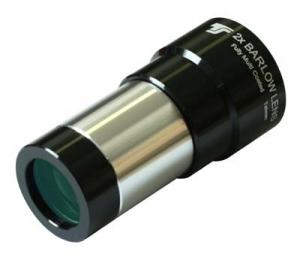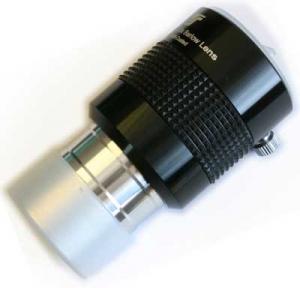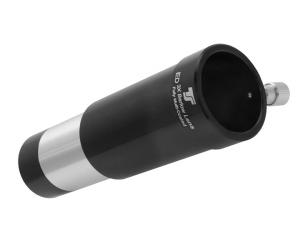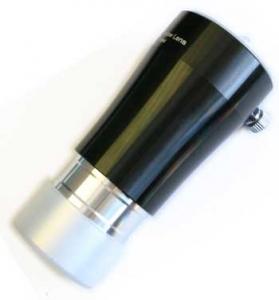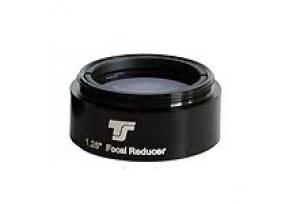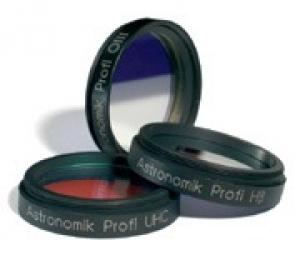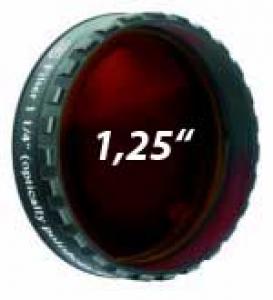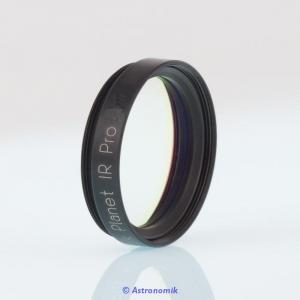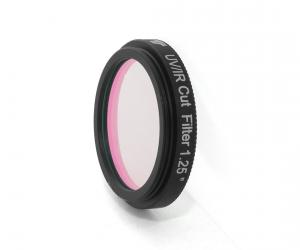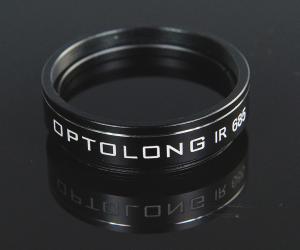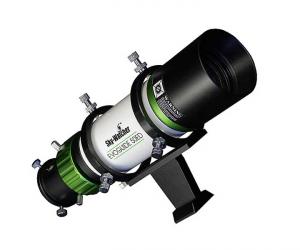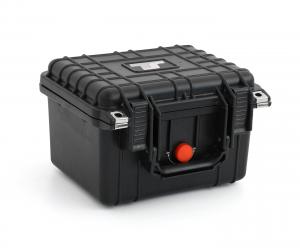- Telescopes
- Overview:
Telescopes - Achromatic Refractor
- Apochromatic Refractor
- Overview:
Apochromatic Refractor - ED Refractor - less color aberration than an achromatic
- SD APO - color free 2-element APO objective
- EDT APO - 3 element ED objective
- High End APO with 3-element APO objective - no color aberation
- Flatfield APO with flat field for Astrophotography
- All Apos and EDs from all manufacturers - large overview
- TS APO and ED from Japan with high quality optics
- Overview:
- Newtonian Telescopes
- Dobsonian Telescopes
- RC Ritchey Chretien Telescopes
- Casssegrain Telescopes
- Reflektor Telescopce with Lens Correcture
- Maksutov Cassegrain Telescopes
- GoTo Telescopes
- Solar Telescopes H-Alpha
- Overview:
- Mounts Tripods Rings Rails Power Supply ...
- Overview:
Mounts Tripods Rings Rails Power Supply ... - Mounts Equatorial with GoTo
- Mounts Equatorial without GoTo
- Mounts Azimutal with GoTo
- Mounts Azimutal without GoTo
- Mounts GoTo - Harmonic Drive
- Travel mounts for astro imaging
- Tripods Piers Polar Wedges
- Mount Control & Electronics
- Dovetail Clamps, Plates and Mount Adapters
- Tube Rings
- Power Supply
- Counterweights Balance Weights
- Mount Accessories - Other
- Overview:
- Telescope Accessories
- Overview:
Telescope Accessories - Eyepieces
- Barlows & Reducer Lenses
- Diagonal Mirrors and Prisms
- Binocular Viewers
- Finder Scopes
- Telescope Collimation and Test
- Cleaning Tools
- Transport and Storage
- Dust protection for Telescopes & Accessories
- Stray Light Protection
- Dewcaps and Heater
- Focusers, Adapters, Motorfocus
- Telescope DIY & Improvement
- Other telescope accessories
- Replacement Parts
- Overview:
- Filters
- Overview:
Filters - Color Filters and Color Filtersets
- Nebular Filters for Visual Observing
- Neutral-Density and Polfilter
- Photo Narrowband Nebular Filters
- Photo Broadband Filters
- Photo Planetary Filters
- Photo R-G-B and IR Cut Filters
- Photo - Filtersets
- Photometric Filters
- Clip Filter for DSLR Cameras
- Filter Wheels and Filterslider
- Solar Filters for white light
- Solarfilter for H-Alpha and Calcium
- Overview:
- Adaptors
- Overview:
Adaptors - Adapter 1,25" and 24,5mm
- Adapter 2"
- Adapter T2 - M42x0.75
- Adapter M48x0,75
- Adapter M54
- Adapter SC
- Adapter M63
- Adapter M68
- Adapter to other Threads
- Adapter Extensions
- Adapter camera bayonet
- Adapter Objective Filterthread
- Adapter Quick Changing , Rotation
- Adapter Eyepiece Projection
- Adapters Tilting
- Overview:
- Astrophotography and Photography
- Overview:
Astrophotography and Photography - Cooled Cameras
- Cameras without Cooling
- Deep-Sky Cameras uncooled
- Set-Offers Camera, Filter, Wheels
- Acessories for Cameras
- Travel mounts for astro imaging
- Imaging Correctors for Telescopes
- Autoguiding Cameras & Sets
- Everything for Guiding
- Focusing aids - Bahtinov mascs
- Flat Field foils and boxes
- Lenses for Cameras
- Piggyback Camera Holder
- Camera Bags, Photocases & more
- Digital Camera and Smartphone Adapter
- Other photo accessories
- Overview:
- Binoculars, Spotting Scopes, Microscopes, Range Finders
- Overview:
Binoculars, Spotting Scopes, Microscopes, Range Finders - Roof Prism Binoculars
- Binoculars with Porro prisms
- Binoculars from 100mm Aperture
- Binoculars with 1,25 inch eyepieces
- TSMX APO Binoculars
- Binoculars for Astronomy
- Binoculars Hiking Bird watching
- Monoculars - Opera Binoculars
- Accessories for Binoculars
- Spotting Scopes
- Range Finders
- Microscopy
- Bags for Phototripods & Binoculars
- Overview:
- Phototripods and Binomounts
- Books, Software
- Overview:
Books, Software - Books for Astronomy Beginners
- Star Charts and Planispheres
- Books about our Solar System
- Observing Tips for Amateurs
- Popular Astronomy Literature
- Teaching material
- Astrophotography books
- Telescopes, Observatories, Construction
- Calendars Yearbooks
- Software, Star Charts
- Books for Microscopers
- Books Nature and Animals
- Nature Photography TimeLapse
- Overview:
- Night Vision, Magnifiers, Weather, Domes & more
- Beginner Astronomy and Gift Ideas
- Second Hand & Special Offers
- New products
Manufacturer: -TS Zubehör
Product number: TSSSI
EUR49.98new
EUR 49,98RRP EUR 89,00you save 43.8% (EUR 39,02)
incl. 19 % VAT (DE)
The VAT indicated refers to that applicable in Germany. After logging in, the VAT amount is adjusted to the applicable VAT of the stored delivery country. Therefore, the final price may vary accordingly.
excl. 6.95 € shipping costs (DE)
more details to the shipping costs ...Please log in to calculate shipping costs to your country.
There are no reviews for this product
- Details..
- Technical data..
- In the box..
- Reviews..
- Manufacturer infos..
- Safety informations..
TS-Optics Astro CCD Camera TSSSI - 1.25" connection
The CCD Astro camera by TS Optics is a real improvement compared with normal webcams.The TSSSI can be regarded as sucessor of the Philips webcams, as it has been developed for astronomy and offers good photographical characteristics especially for sun, moon ans planets. For example, the jupiter image was shot through a GSO 8" RC telescope.
The TS SSI advantages:
TS practical tip:
If maximum photographical resolution of an existing telescope is wanted (e.g. for planetary photography), the focal ratio should be reduced to f/25...f/30. Then the sensor pixels have the optimum resolution. This can be done by using Barlow lenses. Find some recommended Barlows in the accessory section below.
For other tasks like wide field photography, the sensor might become too small for wider fields. Here, a focal reducer is the solution. The 1.25" version easily screws into the camera´s nosepiece.
System requirements:
Downloads, drivers:
The latest drivers and software can be downloaded here (for older systems) and here (for Win7).If software and/or drivers do not work, you can use these links:
Software
Driver for Windows 7
Driver for Windows XP
An alternative software especially for Win7 is Capure flux 6.0.4.:
http://paul.glagla.free.fr/captureflux_en.htm
| Sensor: | Sony HAD CCD sensor ICX098BQ |
| Pixel array: | 640x480 |
| Pixel size: | 5.6 µm |
| Sensor size: | 3.6 mm x 2.7 (4.5 mm diagonal) |
| Sensitivity: | <1 lux |
| Telescope connection: | 1.25" barrel with filter thread |
| Frame rate: | max. 20-30/sec, best quality with 5/sec |
| Live images: | Yes |
| Computer connection: | USB 2.0 |
| Cable length: | approx. 2 m |
| Drivers: | up to Win7, for Win10 the Win7 driver can be used |
Saturn made with the TSSSI CCD Camera
[[Bilder/shop/tsoptics/Astrofotografie/TSSSI/saturn-tsssi.jpg]
Telescope: 10" Schmidt Cassegrain Barlow Powermate 2.5x from Tele Vue 1.25 IR/UV Blocking Filter Camera TS Moon/Planetary CCD Camera TSSSI Mr. Vincent Haas
Congratulations for this beautiful result.
[[Bilder/shop/tsoptics/Astrofotografie/TSSSI/saturn-tsssi.jpg]
Congratulations for this beautiful result.
| Manufacturer / Importeur: | Teleskop-Service Ransburg GmbH |
| Street: | Von-Myra-Str. 8 |
| ZIP / City: | 85599 Parsdorf |
| Country: | Germany |
| Telefon number: | +49 89 99228750 |
| Email: | info@teleskop-service.de |
| Website: | www.teleskop-express.de |
Safety informations: PDF Download
Recommended accessories
Adaptors
Barlow, Corrector, Reducer
Customers who bought this product also bought...
Photo Acessories
Skywatcher Evoguide 50ED - 50 mm ED Guide and Finder Scope
EUR 259,00RRP EUR 285,00you save 9.1% (EUR 26,00)
Transport & Covers
TS-Optics Protect Case waterproof hard case - width 271 mm
EUR 34,98RRP EUR 44,95you save 22.2% (EUR 9,97)
Reviews
Written by Klaus-Günter Piep
on 2023-11-12
"Die Camera ist einfach zu handhaben, die Software funktioniert problemlos auch unter Windows 10 und 11. Am 127er Mac habe ich sogar aus der Innenstadt von Wolfenbüttel heraus für meine Begriffe gute Fotos vom Saturn gemacht."
Written by Harald Rumplasch
on 2023-09-07
"Alles gut!"
Written by Michael Domke
on 2020-10-13
"Alles bestens, keine Probleme."
Written by Rüdiger Miers
on 2017-07-12
"Mond & Planeten"
Written by Siegmar Boberg
on 2017-01-27
"Softwaretreiber erzeugt AVIs, die Registax nicht lesen kann. Also Konvertierung. Hier wäre eine Info hilfreich."
Written by Hartmut Brendel
on 2016-02-23
"Den Adapter verwende ich in Verbindung mit einem Astro-Fernrohr und einer digitalen Kamera. Bei der Aufzeichnung benötigt man etwas Übung aber es ist halt noch interessanter, einige Fotos von den beobachteten Objekten zu besitzen."














